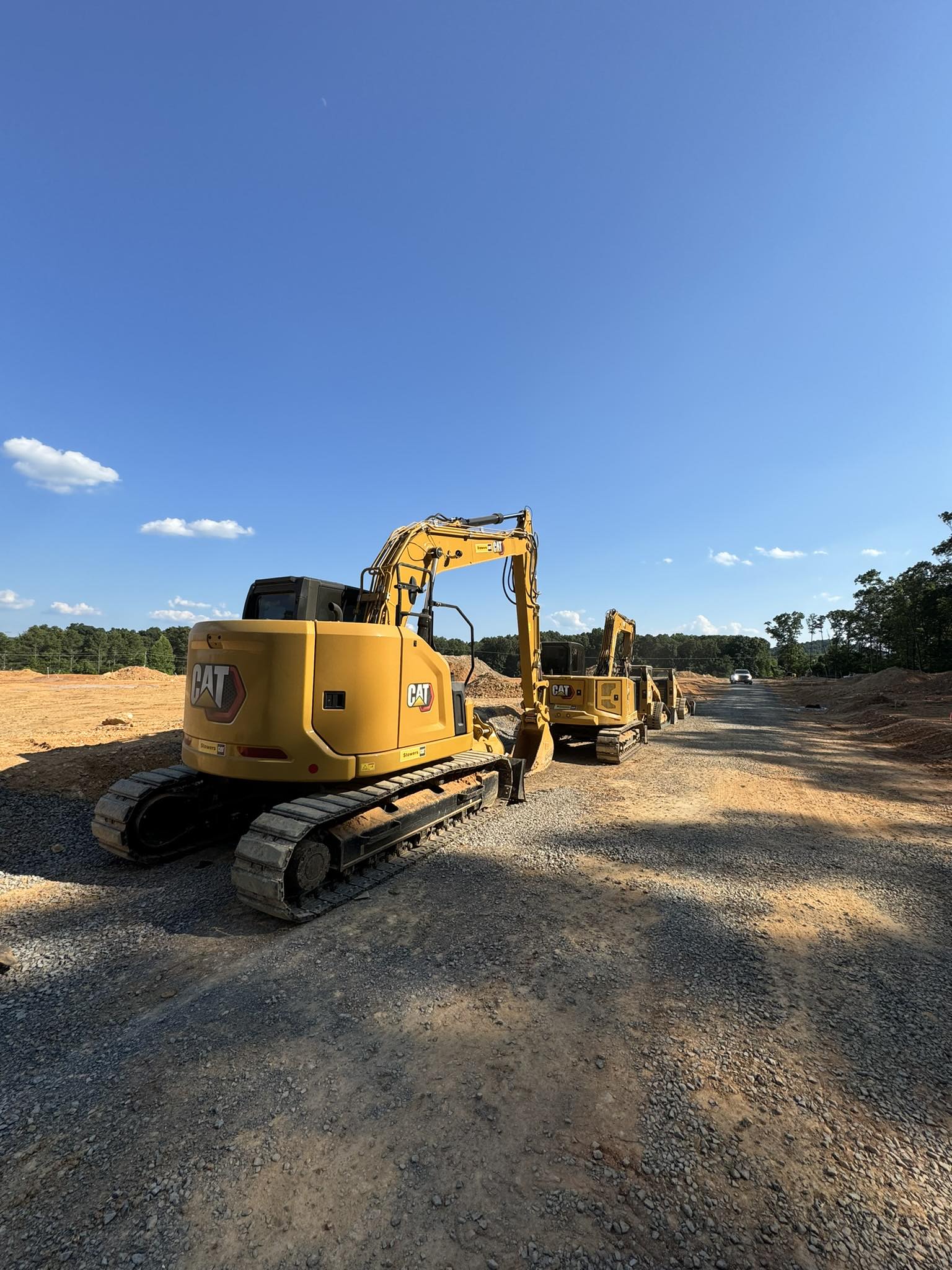
Navigating Environmental Regulations in Excavation Projects Aug 18, 2025
Understanding environmental regulations is crucial for any excavation project, as these laws are designed to protect the natural ecosystem. These regulations often cover aspects such as water management, soil preservation, wildlife protection, and pollution control. For instance, the Clean Water Act regulates the discharge of pollutants into waterways, which can significantly impact excavation activities near rivers, lakes, or wetlands. Similarly, the Endangered Species Act requires that excavation efforts do not harm the habitats of threatened wildlife.
One effective way to manage these regulations is through thorough site assessments and planning. Before breaking ground, a comprehensive environmental assessment should be conducted to identify any potential issues related to wetlands, protected species, or hazardous materials. This proactive approach not only helps in understanding the site's natural constraints but also aids in designing mitigation strategies that can include preserving certain areas, relocating wildlife, or implementing erosion control measures.
Permitting is another vital component of compliance. Excavation projects may require multiple permits, such as the National Pollutant Discharge Elimination System (NPDES) permit for water discharge or local land disturbance permits. Timely application and acquisition of these permits are critical to maintaining project timelines. Southeast Land Services can help streamline this process by working closely with regulatory bodies to ensure all necessary documentation is in place.
Monitoring and reporting are essential practices once the project is underway. Regular monitoring ensures that all construction activities adhere to the established environmental plans and that any deviations are promptly corrected. Maintaining meticulous records and reports not only protects the project from potential fines but also provides transparency to stakeholders regarding environmental stewardship.
Community engagement also plays a crucial role in navigating environmental regulations. Engaging with local communities and stakeholders through open communication channels can foster support and reduce opposition to the project. Public concerns about environmental impacts can be addressed through educational sessions and updates on mitigation measures, thus promoting a positive project image.
Finally, staying informed about changes in environmental legislation is critical. Regulations can evolve due to new scientific insights or shifts in political priorities. At Southeast Land Services, we keep abreast of these changes to ensure our projects remain compliant and incorporate best practices in environmental management.
In conclusion, successfully navigating environmental regulations in excavation projects requires diligent planning, effective communication, and continuous monitoring. By understanding these regulations and implementing strategic measures, Southeast Land Services ensures that projects not only advance smoothly but also contribute to preserving the natural environment. With our expertise and commitment, we help our clients achieve their project goals while respecting and protecting the ecosystems we operate within. Whether you're starting a new venture or stepping into the land development arena, our team stands ready to guide you through the regulatory landscape with confidence and care.
/filters:no_upscale()/media/fc0c6c98-a315-44c2-a232-b8ba9cdbd1e5.jpeg)
/filters:no_upscale()/filters:format(webp)/media/a9dead03-2ff7-4370-b41b-bb826dc6cdb8.jpg)